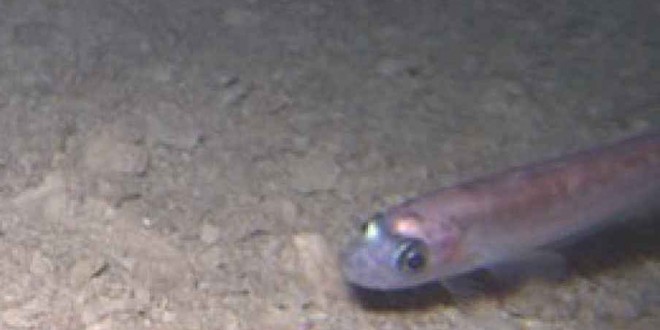Whillans Ice Stream researchers have discovered fish, crustaceans and jellyfish, safe and sound deep beneath Antarctic ice shelf.
https://www.youtube.com/watch?v=JYAAUKRczLY
The stunning discovery came on January 15, when a team of researchers found live fish and other aquatic animals inhabiting one of the world’s most extreme ecosystems under a 740-meter roof of thick ice in the largest ice shelf of Antarctica.
The Whillans Ice Stream Subglacial Access Research Drilling (WISSARD) team from the University of Nebraska-Lincoln (U.N.L.) had begun ice drilling in Ross Ice Shelf, roughly 850 kilometers (530 miles) from the open ocean, in early January.
According to a WISSARD update on January 21, the “National Science Foundation-funded team of researchers has become the first ever to reach and sample the ‘grounding zone’, where Antarctic ice, land and sea all converge.”
The surprising discovery of marine life in extremely cold and perpetually dark conditions “poses questions about how to thrive in extreme environments,” read WISSARD’s report.
Ross Powell, a chief scientist with the WISSARD project and a researcher at Northern Illinois University said, “I have been investigating these types of environments for much of my career, and although I knew it would be difficult, I had been wanting to access this system for years because of its scientific importance.”
WISSARD scientists managed to drill through 740 meters (nearly 2,500 feet) of the Ross Ice Shelf on January 8.
Afterwards, they deployed a submersible camera to explore about 400 square meters (4,300 square feet) of the marine cavity around the drilled site. The remotely operated camera managed to record pictures and videos of the rare translucent pink fish and other curious marine animals.
Agencies/Canadajournal
 Canada Journal – News of the World Articles and videos to bring you the biggest Canadian news stories from across the country every day
Canada Journal – News of the World Articles and videos to bring you the biggest Canadian news stories from across the country every day



